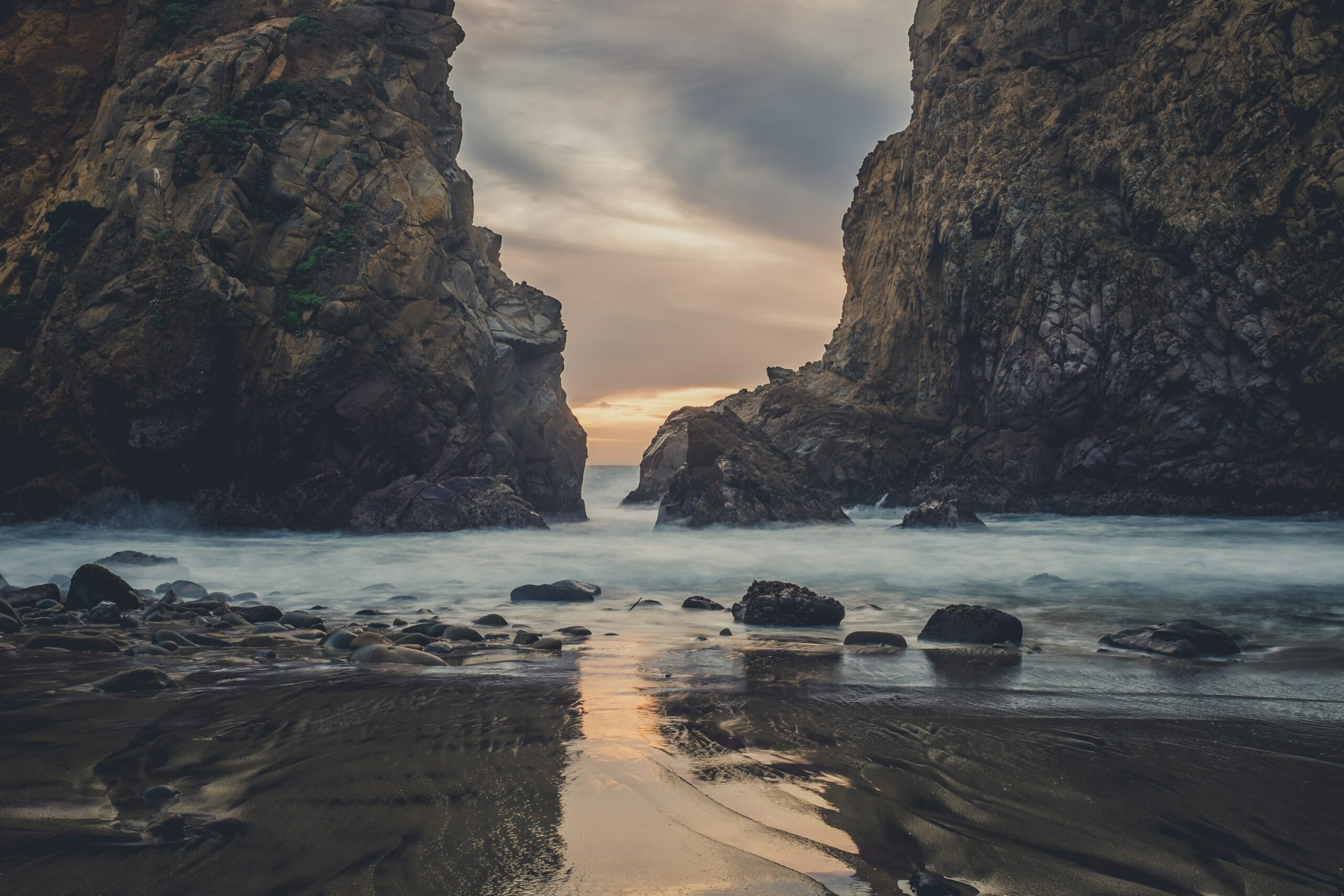Good news for sustainable business owners: there’s never been a better time to promote your brand on social media.
Social commerce — i.e., selling on social media — is poised to take over from e-commerce as the primary way to sell online. The number of social commerce buyers is predicted to hit 96.1 million in 2022, up from 80.1 million in 2020.
Unsurprisingly, this change is being driven by the preferences of Gen Z (and, to a lesser extent, millennials) as they come of age and their purchasing power increases.
A whopping 97% of Gen Z use social media as their main source of shopping inspiration, and 62% of them prefer to buy from sustainable brands.
Both Gen Z and millennials — who together represent the largest consumer group — value transparency and authenticity. They’re not interested in empty platitudes or fancy PR stunts. They want to back brands who build their values into everything they do — from product design to marketing.
But how do you promote a sustainable brand on social media? If you’re scratching your head searching for inspiration, we’ve got you covered. In this article, we’ll reveal the tactics five sustainable brands used to blow up social media.
1. Ocean Bottle — leaning into TikTok
TikTok — with its 1 billion monthly users — is a goldmine for sustainable brands because it’s where Gen Z and millennials hang out.
In 2021, Ocean Bottle harnessed TikTok’s potential with its #econfession campaign, using influencers to seed the hashtag.
It inverted the usual environmental discourse by encouraging users to share their sustainability slip-ups.
The idea was to start learning to do better by ‘fessing up to the less-than-eco-friendly habits we might otherwise hide. The campaign highlighted the message that millions of people making imperfect sustainability efforts have a greater impact than one person doing it perfectly.
For every post using the hashtag #econfession, Ocean Bottle and their partner Plastic Bank prevented ten plastic bottles from entering the ocean. The campaign helped Ocean Bottle advance towards its goal to keep 80,000,000 kg of plastic from ending up in the sea.
2. Last Object — harnessing the power of crowdfunding
Last Object’s secret to success is truly great design. Founded by three Danish designers — Isabel Aagaard, Nicolas Aagaard, and Kåre Frandsen — its products respond to one of the most pressing needs of our time: creating reusable versions of single-use items.
Not all crowdfunding efforts meet with success, but having a product that people are crying out for is a solid start. The first iteration of Last Object was LastSwab, a reusable Q-tip that launched in 2019 following a resoundingly successful crowdfunding campaign.
The campaign focused on solving the problem of single-use plastic, and the message resonated with the public. The startup reached its goal within 22 minutes of launch, ultimately gaining $700,000 from 19,000 backers.
Since then, they have launched LastTissue, LastRound (make-up removal pads), and LastMask (in response to the pandemic). In September 2021, they launched their crowdfunding campaign for LastPad, a reusable menstrual pad.
3. Allbirds — going all in on marketing
Allbirds is a Silicon Valley startup that has taken the sneaker world by storm. Launched in 2016, by 2020 it was valued at a whopping $1.7 billion.
So how did this David face up to sneaker industry Goliaths like Nike and Adidas? By positioning itself as their antithesis.
Allbirds shoes are made with natural, sustainable materials such as merino wool and eucalyptus. The range itself contains a handful of different models with a modest number of available colours.
But for Allbirds, having a product that aligns with people’s values wasn’t enough. It decided to go all in on marketing, dedicating 20% of its initial budget to PR and marketing before it even launched. This included a tongue-in-cheek marketing video that contributed to the buzz.
And it worked.
Allbirds amassed a large following of eco-conscious folk waiting to snap up the product. In the lead-up to the launch, the Allbirds Instagram account posted every few days to remind its followers about the upcoming date.
View this post on Instagram
Allbirds also leveraged word-of-mouth marketing through its affiliate programme of social influencers and online content creators to appeal to Millennials and Gen Z.
Another thing Allbirds does differently is using its Instagram account as a focus group to improve its products.
View this post on Instagram
4. Burt’s Bees — taking the online activist approach
Burt’s Bees was founded in the wilderness of Maine back in 1984 by Burt Shavitz and Roxanne Quimby, when Burt found a beehive and began producing honey and beeswax bi-products.
The company’s philosophy is rooted in a deep respect for nature, and it now offers a range of over 150 personal care products. All of them are made from 99% natural ingredients, and half of them are 100% natural.
Burt’s Bees makes its packaging from recycled plastic, including plastic #5, which is one of the hardest to recycle. The company is staunchly against animal testing.
Burt’s Bees takes an activist approach to marketing — also known as cause marketing — that reflects its grassroots beginnings. Some of the campaigns they have run over the years include:
- 2016 — #BringBackTheBees campaign on Twitter. Users were encouraged to take part by omitting the “b”s from their tweets to raise awareness about the plight of bees.
- 2019 — #ChangeForNature campaign in partnership with National Geographic. Burt’s Bees and Nat Geo hosted a blackout during the UN’s week-long Climate Summit. They then asked followers to take a pledge on their website and commit to changing their habits. The pledges focused on food waste, water consumption, animal products, and single-use plastics.
In 2021, Burt’s Bees became the first brand to use Omnicom’s Diverse Creator Network as part of its marketing efforts.
Retweet to help @burtsbees ring ack the 🐝s. 1 RT = 1,000 wildflowers planted! #BringBackTheBees pic.twitter.com/vxUsIu4GRu
— Burt’s Bees (@BurtsBees) March 2, 2016
5. Everlane — focusing on transparency, authenticity, and engagement
Everlane’s founder Michael Preysman set out to create timeless clothes you can wear for years or even decades whilst being transparent about where they come from and how they’re made.
Supply chain transparency became both Everlane’s brand story and marketing strategy, turning it into one of the fashion industry’s most transparent brands.
Everlane uses its social media channels to tell that story and raise awareness about how it makes its products using recycled materials.
View this post on Instagram
And in contrast to fast fashion giants such as H&M — which have come under fire for conditions in their factories — Everlane proudly displays photos of its factories in China, where employees enjoy fair pay and safe, healthy working conditions.
But rather than selling on social, Everlane focuses on engagement. Like Allbirds, it regularly asks customers for feedback on its products and creates new iterations based on their answers.
One of Everlane’s most successful engagement strategies is its Transparency Tuesdays initiative on Instagram stories, where followers submit their burning questions and Everlane community managers respond.
These approaches have helped Everlane weave transparency and authenticity into the fabric of its brand — and create a loyal following in the process.
Note: Everlane’s current rating of 2/5 in Good on You (which means ‘not good enough’) suggests that the company should complement its clever sustainability campaigns by filling in the actual ethical gaps as the company grows bigger. This, to become a truly sustainable brand.
6. World Wildlife Fund – engaging through gamification and WhatsApp
Gamification can be a powerful tool when you want to engage and motivate behavior.
But so is WhatsApp. It’s so mighty, that about 35% of the global population actively uses the instant messaging app. That’s 2.8 billion people. And it’s only expected to keep on growing.
Put the two together and you’ve got a pretty formidable do. At least we think so. And that’s exactly what the World Wildlife Fund (WWF) did to strengthen the message of nature conservation last year.
In 2023, they launched the Tree of Hope, an automated WhatsApp adventure game developed together with Charles and Studios. In the sim, players decide how to rescue animals and save the forest. And the end goal is to learn that the key to restoring the planet is protecting it.
Although 37.4% of the country’s land is protected, they need more to preserve nature and meet EU regulations. Plus, legal disputes with the EU Commission further emphasized the need for better-managed reserves.
As of last May, WWF had sent over 130,000 WhatsApp messages, 30% of users who started the game also finished it, and more in this update from Charles.
View this post on Instagram
Now it’s your turn
Successfully promoting your sustainable brand on social media requires a few key ingredients.
You’ll need solid product design that responds to real needs, a pinch of creativity, and a big dollop of transparency and genuine engagement.
If you need some support from a sustainable marketing agency, get in touch with Akepa. We specialise in helping sustainable brands grow through authentic, original marketing campaigns.



Leave a Reply